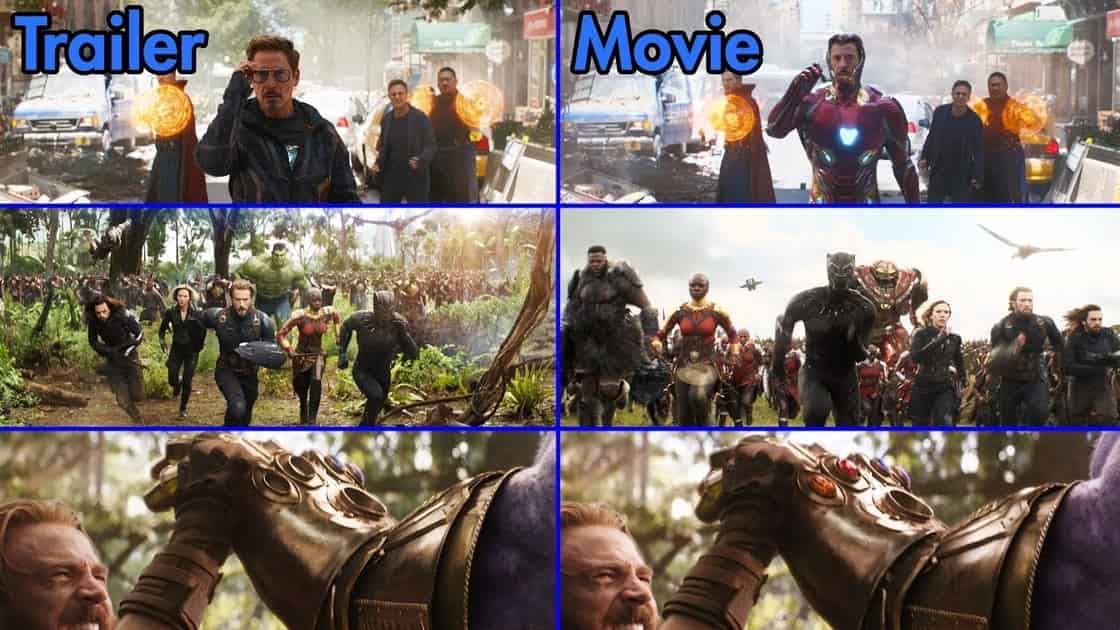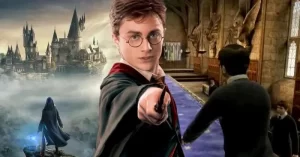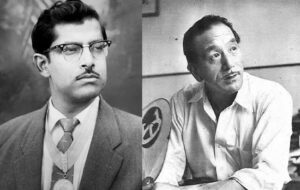
The Marvel Cinematic Universe completed its Infinity Saga in 2019. The 23 movies that Marvel made in the 11 years of the Infinity Saga were focused on the characters that Marvel had the rights to. Marvel used a lot of tricks and ideas to rise to the level that they’re now at. Marvel seemingly introduced the idea of a post credit scene to the world. As there is something to be seen even after the credits role happened for the first time in 2009, when after The Incredible Hulk was over, our beloved Tony Stark played by Robert Downey Jr. appeared on screen after credits to give us an indication that all these characters exist in the same universe and them interacting with each other is a real possibility. After which post credit scenes have become a norm in Hollywood for long-running franchises.
It’s rare to find a film that doesn’t have a post credit scene nowadays. However, post credit scenes weren’t the only thing that Marvel came up with to distinguish themselves from the rest. Marvel also started the concept of misleading trailers. That means that Marvel would use unused footage from the film rushes and add it to the trailer to give the audience a sense of something while in reality that part is not in the movie at all. This was done in order to throw off the audiences and defy their preconceived notions about the film that they’ve formed after watching the film. The most famous example of this is the Hulk team-up scene from the final Infinity War trailer which was not in the movie because in Infinity War, Bruce Banner is not able to turn into the Hulk after he was beaten by Thanos. However, it looks like this Marvel practice might expose them to a lawsuit now.
Court Orders No More Inaccurate Trailers! Marvel Studios In Trouble?

Variety has just revealed that movie studios can no longer cheat the audiences by showcasing misleading information about appearances of actors in a movie trailer. This news came on Wednesday and it was ruled by U.S. District Judge Stephen Wilson. The decision came amidst the lawsuit that was going against Universal Studios because of their trailer for Yesterday (2019). The trailer for the film apparently featured actress Ana de Armas despite the actress not being included in the final cut of the movie.
Universal’s argument on this instance was that movies trailers are “artistic, expressive work” that should be considered “non-commercial” speech, however, Judge Wilson rejected this Universal’s argument and cemented the fact that trailers are at their core commercial speech as, in essence, they’re “designed to sell a movie.” This ruling is applicable to all trailers that mislead a “significant portion” of “reasonable consumers.”
This means that just because some of the shots featured in the movie’s trailers don’t make it to the final cut of the film on the edit table, necessarily constitute that trailer as false advertising. Nevertheless, Marvel does come under the category of studios which have the tendency to present misleading trailers that portray a significant part of the movie in a different light than in the movie. The most recent example of this is Spider-Man: No Way Home’s final trailer.
Where a shot featured Tom Holland’s Spider-Man going up against the Lizard, Electro and Sandman. While in the movie, this shot featured Tobey Maguire’s and Andrew Garfield’s Spider-Men as well who were digitally removed from the trailers. Marvel can’t do that anymore. If they want to keep something a specific part a secret then they’ll have to not include any shots of that respective part instead of toying with the footage, digitally.
MCU’s newest film – Black Panther: Wakanda Forever is playing in theatres near you.
If you have any questions regarding Marvel Cinematic Universe, feel free to ask in the comments below. For more content, stay tuned. As usual, like, subscribe and share our articles as we here are trying to build a community of people High on Cinema!





